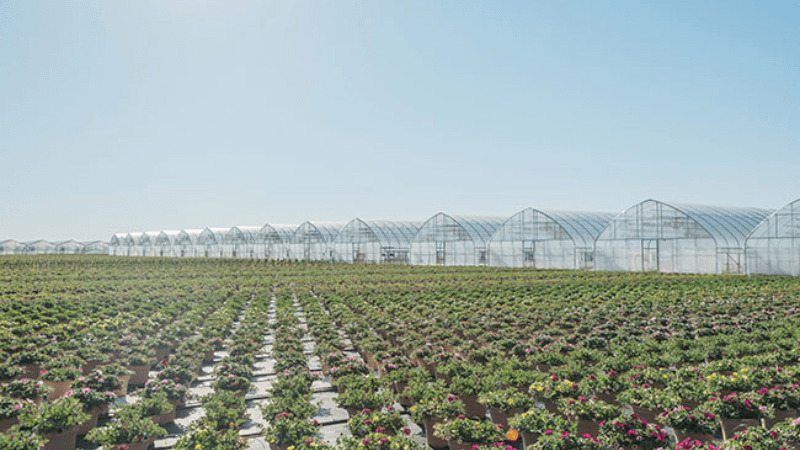
Supply chain challenges
The supply chain plays a pivotal role in the success of greenhouse growers, and staying abreast of the latest trends and adopting innovative tools and technologies is essential.
One of the biggest challenges for greenhouse growers is the lack of visibility and transparency in their supply chains. Without real-time information on inventory levels, production schedules and transportation status, growers struggle to optimize their operations and make informed decisions.
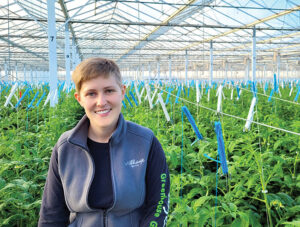
This leads to issues such as overstocking, stockouts and increased waste, which not only incur financial losses but also have negative environmental impacts.
Steve Poklemba, director of global supply chain management for Village Farms Fresh in Lake Mary, Florida, said supplies that used to take days in pre-pandemic times to obtain can now take weeks, and what used to take weeks takes months.
“Prices have stabilized somewhat since spring, but there are lots of supplies that are backordered that we never used to worry about ordering with minimal lead time,” Poklemba said. “The first and most critical component for us has been inventory management. We have to have frequent, accurate counts of everything from packaging materials to fertilizers and we have had to increase our minimum stock levels to be absolutely sure that supply chain problems won’t affect our production.”
Greenhouse growers with ornamentals have also experienced big delays with materials and product due to supply chain issues over the last few years.
SAVVY SOLUTIONS
To address these challenges, greenhouse growers can leverage advanced supply chain management solutions. Implementing digital platforms that integrate all aspects of the supply chain, from seed to shelf, can provide growers with real time visibility and data analytics capabilities. These platforms enable growers to monitor inventory levels, track shipments and optimize production schedules, resulting in improved efficiency and reduced waste.
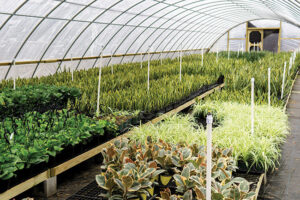
When it comes to promising tools and technologies for horticultural businesses and greenhouse growers, artificial intelligence (AI) is showing considerable potential. AI can be leveraged to automate certain tasks and streamline processes, ultimately enhancing efficiency and productivity any potential disruptions proactively. These measures have proven effective in tackling the supply chain issues we have encountered.” Kantor recommends adopting a robust tracking system.
“By implementing a comprehensive tracking system, growers can monitor various aspects of their operations, such as production levels, inventory and resource usage,” Kantor described. “This provides them with accurate data and insights, enabling more informed decision-making.”
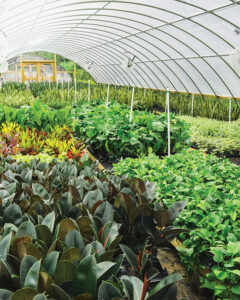
Another valuable tip is to emphasize data analysis. Once data is collected, it is essential to analyze it thoroughly.
“By looking for trends, patterns and potential areas of improvement, growers can make proactive decisions and identify opportunities for optimizing their processes,” Kantor said. “Continuously optimizing processes is also key to improving efficiency. Regularly assessing workflows and identifying areas that can be streamlined or automated can lead to significant time and resource savings. By integrating new technologies growers can enhance productivity and reduce manual effort.”
Additionally, fostering collaboration and knowledge sharing can help growers stay updated on the latest trends and best practices in the industry. Engaging with industry networks, attending conferences and connecting with other growers allows for sharing knowledge and gaining fresh perspectives.
Sara Silver, industry director of horticulture for Velosio, a Dublin, Ohio-based cloud application partner, noted that to maximize margins in this time of increasing costs and complex supply chain issues, growers must maximize efficiency whenever possible.
“In production, growers will work to reduce labor, increase crop yield and minimize production costs,” she said. “Growers can also invest in leveraging technology by deploying an integrated horticulture ERP platform. This solution will reduce the manual activities required to operate the business by providing real-time product availability, calculating product costs, optimizing racking and loads, and reporting on the general health of the business in a timely manner.”
Therefore, in the era of big data, greenhouse growers can leverage advanced analytics and data-driven tools to gain insights into market trends, customer preferences and supply chain performance. By harnessing data, growers can make informed decisions, improve efficiency and reduce waste.
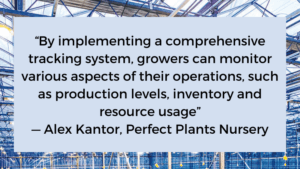 George Lucas, owner of Lucas Greenhouses in Monroeville, New Jersey, is happy to report that issues with most supplies for 2023 and 2024 are getting easier.
George Lucas, owner of Lucas Greenhouses in Monroeville, New Jersey, is happy to report that issues with most supplies for 2023 and 2024 are getting easier.
“I believe that most growers — including myself — ordered more product than needed and now there is a lot of inventory already on the ground in a lot of growers’ facilities,” he said. “I’m also getting calls from suppliers and manufacturers to see if I need anything. This did not happen the last two years as they had no run times for equipment.”
Lucas said to improve supply chain, greenhouse producers can work with merchants, logistics businesses and tech firms. The movement of goods can be streamlined through shared distribution networks, coordinated transportation and data sharing.
“Growers may increase supply chain visibility, create more accurate forecasts, and optimize inventory levels using advanced data analytics and predictive modeling,” he mentioned.
Planning ahead as early as possible is also a crucial way to stay on top of supply chain issues.
“This is difficult because crop plans are not always completed when some supplies are ordered but being careful not to panic buy or overbuy will help keep the supply chain running smoothly,” he said. “I believe 2024 will be a year of getting things back in sync.”
THE FINAL WORD
While predicting the future can be challenging, Perfect Plants Nursery is continuously adapting to new and emerging trends that shape the supply chain management landscape.
“By remaining agile and proactive, we are confident in our ability to navigate any challenges that the future may bring our way,” Kantor said.
By addressing supply chain challenges through collaboration, data-driven decision-making and the adoption of emerging technologies, greenhouse growers can optimize their operations, enhance efficiency and ensure their long- term success in the horticultural industry.


 Video Library
Video Library 




















